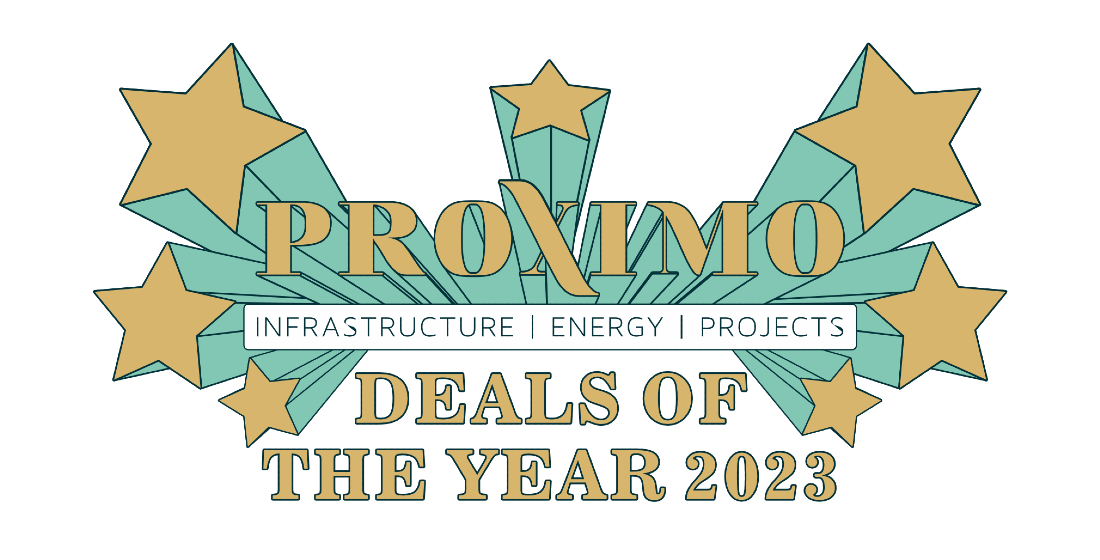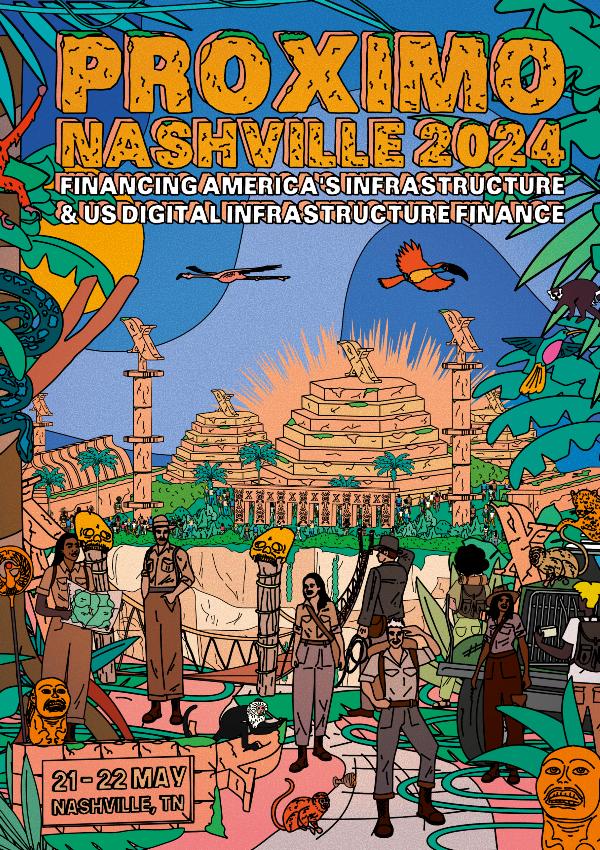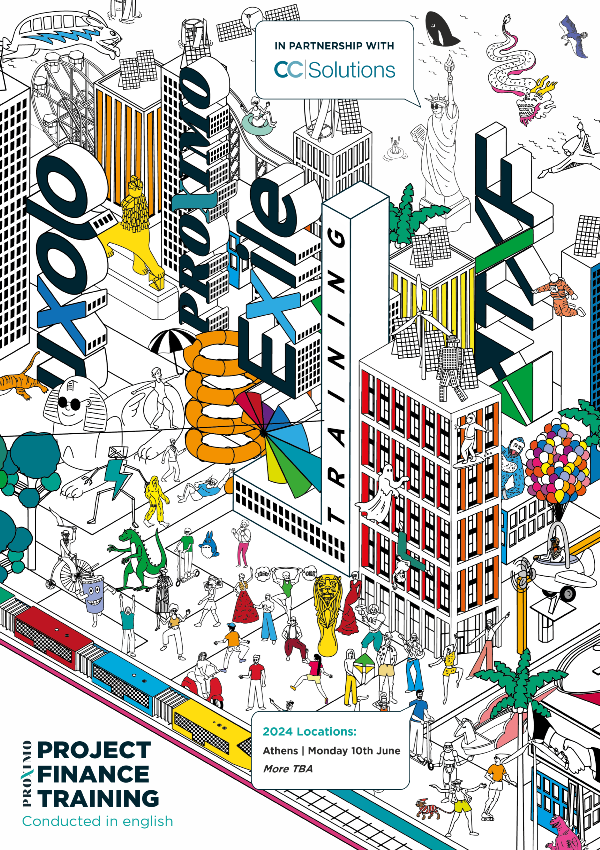Impacts on infrastructure: What are the 16 forces changing the face of project, energy and infrastructure finance in 2019?
TREND 1
Expect a drop in volumes in 2019
The global infra finance loan market will fall back slightly, mostly due to the end of QE and slower growth in Europe. Availability-based PPPs in particular will decline, but new procurement models will emerge, including increased user charging.
As infrastructure deal flow slows, banks may begin the cycle of complaints that ECAs and DFIs are bringing margins down in developed market sectors they need not be involved in.
TREND 2
Basel bites back
Basel 3 is only beginning to bite into the tenors that banks can offer in project financings. And Basel 4 is not far off. BUT there will be more growth in institutional project lending - particularly on the long tenor side. Meanwhile in developing markets, multilaterals will look to recycle debt in the securitisation market as banks retreat from further from emerging market risk and longer tenors.
TREND 3
The credit cycle will tighten
2019 may see the end of the credit cycle and a tightening of credit. Inverted US dollar rates are expected to continue and indicate uncertainty. Meanwhile a reduction in Chinese consumer confidence, and higher levels of debt as OBOR volumes climb, mean tighter liquidity.
TREND 4
US official lender incoherence continues
2018 saw the passing of the BUILD Act, supercharging the once unfashionable OPIC as the new USDFC – touted as a response to the “debt trap” of China’s Belts and Road efforts.
But the devil is in the detail, and that is sketchy, with new capabilities yet to be defined and a danger that the pitch may be narrower than many expected.
Meanwhile, US Ex-Im Bank continues to held hostage into a fourth year, with no progress as the last Congress passed its dying breath. Will that change under Democrat control?
TREND 5
It’s politics, stupid
Does politics have the potential to offer up more shocks to the infrastructure procurement process? The evidence from Latin America is YES. This will be a global phenomenon. Watch the polls and continue to expect the unexpected.
TREND 6
Maybe change can be invigorating?
On the cusp of Brexit, hot on the heals of the Carillion collapse and following government announcements decrying the end of PFI, UK will be a market to watch. Corbynist nationalisation, financial innovation and all roads in between remain a possibility, and the impact on the infrastructure market will be pronounced.
TREND 7
America shall be great again…
Expect the US to win out in 2019 as emerging markets see flow reversals and infra investment heads back to US on gradual interest rates hikes.
But don’t expect the federal government to help spur increased PPP volumes – there’s no sign of movement on an infrastructure plan any time soon
TREND 8
Vorsprung durch Innovation?
The German infrastructure market will be forced into innovation as, for the first time since newbuilds after the war, it faces a huge bill for replacement infra in roads and rail.
The government has only agreed to put up 50% of the cash required for this. Companies will need to get clever as Germany won’t want to saddle future generations with long-term commitments to private infrastructure like the UK has.
TREND 9
The Chinese project revolution may be over
Expect a top on the current wave of Chinese sovereign loans for contracts. Sovereign balance sheets can’t defy reality as evidenced by Ecuador, Sri Lanka and Malaysia. If there’s a second wave of projects, it will be for much more self-sustaining project financings at closer to market rate - and Chinese debt will have a slimmer advantage.
Moreover if China needs to take ownership of a number of OBOR projects than renege on their debt and have no asset value, this could add to the pressure. Printing more money might not be an option open to the government now the Reminbi is on the world stage.
TREND 10
The green wave builds…
Bloomberg recently announced the formation of the US Alliance for Sustainable Finance to support climate financing and drive investment in clean energy, with most major project banks announced as founding members. Meanwhile the LMA launched and extended Green Loan Principles that somewhat mirror prior efforts in Green Bonds. Similarly, despite Trump dropping out, US cities, states and now banks are committing to the Paris Agreement
The market is beginning to take such initiatives seriously, not only out of necessity, but for the sake of competitive edge.
TREND 11
Under the pressure
Expect ever increasing pressure to be heaped on utilities. PG&E will probably not be the last utility bankruptcy. Climate change and the sustained increase in renewables are putting current power regulation and finance models under huge stress.
This could also eventually make renewables harder to finance, but for now they will continue to post strong volumes.
TREND 12
PPAs or big balance sheets the choice for European renewables
Corporate PPAs will become mainstream in the European renewables sector, particularly offshore wind. A zero subsidy environment will necessitate this move for all except major on-balance sheet borrowers.
Failure for this to take hold will see market development reduced to a handful of players.
TREND 13
Last chance saloon?
Did 2018 represent the final chapter of public market yieldcos? The sales of 8point3 to Capital Dynamics and NRG Yield to Global Infrastructure Partners followed a trend from late 2017 when Brookfield bought out SunEdison’s share of TerraForm Power and acquired all of TerraForm Global. In 2018, TerraForm Power bought out Saeta Yield, a Spanish yieldco.
TREND 14
Oil fails to grease the wheels of the project market
The health of a large proportion of the market, including LNG, conventional power, utilities and upstream, is dependent on oil prices staging a recovery over the next 18 months. However, some expect crude to remain at best depressed, and potentially to drop to under $65, making a slew of global projects far less likely to close.
TREND 15
LNG returns in 2019
US LNG 2.0 may be upon us. In excess of $8.5 billion has been raised by Cheniere for Corpus Christi and Freeport, with Corpus seen as first “second wave” grassroots project to be financed. This could trigger more projects. Meanwhile action in Mozambique suggests that that global LNG logjam may be easing.
TREND 16
The future of infrastructure is digital
Digital Infrastructure projects such as mobile towers and datacenters will see increased volume of deals in 2019, and technology will be more common place across the sector, from smart motorways to intelligent grids.
Private equity will invade new territories and top of the list will be infra tech and electric vehicle infrastructure, whilst advisory firms and banks will snap up ex-Googlers and techsperts like they are going out of fashion.




